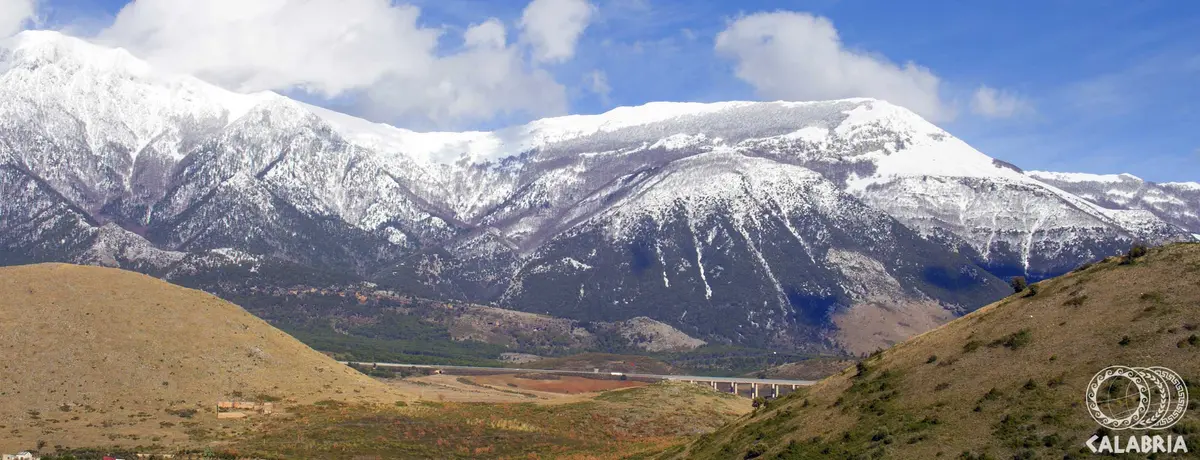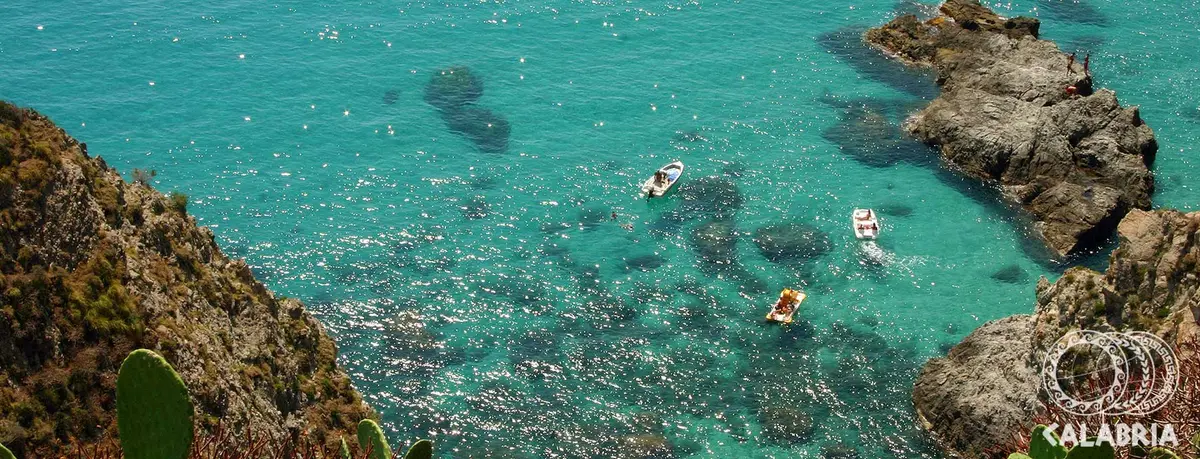Discovering the land of contrasts in the heart of the Pollino National Park

Landscape
Travel information
Category
Landscape
Target
Calabria is a land of contrasts: sea and mountains outline the contours of landscapes of uncontaminated beauty, among testimonies of different civilizations and varied expressions of craftsmanship, folklore and traditions. It has been a region of transit, has undergone assaults and dominations and has also been a destination for migrations: the most important mark on the territory is the one left by the Albanian Arbëreshë community. Coming from Albania and from Albanian-speaking groups in Greece, the Arbëreshë settled in Italy between the fifteenth and the eighteenth century: many of them, during the advance of the Ottomans, took advantage of it to emigrate to the safe lands of Calabria and still today communities survive in some municipalities of the provinces of Catanzaro, Cosenza and Crotone.
When you explore Calabria, you can't help but visit a unique place like the Pollino National Park, which, with an extension of 196,000 hectares, is considered the largest national park in Italy. This green area is located in the southern Apennine ridge between Basilicata and Calabria and develops, from the Tyrrhenian to the Ionian Sea, through rock formations of various origins, among which the peak of Dolcedorme (2267 m) stands out.
The park enjoys an incredible variety of reliefs, fauna - with specimens of wolf, roe deer, otter and black woodpecker, just to mention the main species - and vegetation, ranging from Mediterranean scrub to high altitude plateaus. Rivers and streams, such as the Lao, the Peschiera, the Argentino, cross the valleys, digging in the territory suggestive gorges with water paths of extraordinary charm and naturalistic value, such as the Raganello, which slides between two rocky walls up to 700 meters high and can be reached through a long staircase of 615 steps. In the Raganello Gorge every year hundreds of hikers and fans of extreme sports, such as canyoning and rafting, attracted by the conformation of the place that allows them to enjoy moments of pure adrenaline.
The itinerary is suitable for everyone, practicable by car in spring, summer and autumn.
Food tips
Arbëreshë cuisine is intrinsically connected to religious rites and is part of Calabrian culinary customs. In the dishes the Mediterranean influence is powerful, especially for the ingredients: dried fruit and honey, for example, characterize the desserts. Simplicity and essentiality are the distinctive features of this type of cuisine: in addition to classic dishes such as meat, herb soups, vegetable omelettes, arbëreshë cuisine offers recipes that are completely unique and to be safeguarded.
Like the Dromësat, piles of flour to be cooked directly in tomato sauce. To prepare the dough crumbs, first the flour is baptized, then the dough is blessed and finally a sort of marriage is celebrated with tomato sauce and spices, such as laurel and oregano. Shëtridhlat is a recipe of great charm, whose realization is a specifically female task. The dough must be worked without breaking it, creating a long thread which is thinned and then rolled up like a skein. Once ready, it is usually enriched with legumes or vegetables.
Sweets are the real jewel of Arbëreshë cuisine: there are maiatka, sweet and, in some cases, also savory crepes prepared with water, flour, elder flowers and, sometimes, also sugar and eggs, there is giuggiulea nougat and then again kanarikuj, similar to gnocchi with honey, and cruscoli, made of water, oil and wine, cullurielli, the sweets of the great festivities, made with water, flour and the mother yeast of the day before, kasolle me gijze, rolls of ricotta cheese. Then there is the tasty pitta, filled with dried fruit, raisins and honey, emblem of an entire culture and a fundamental event such as Easter.

Papasidero

Morano Calabro

Castrovillari




